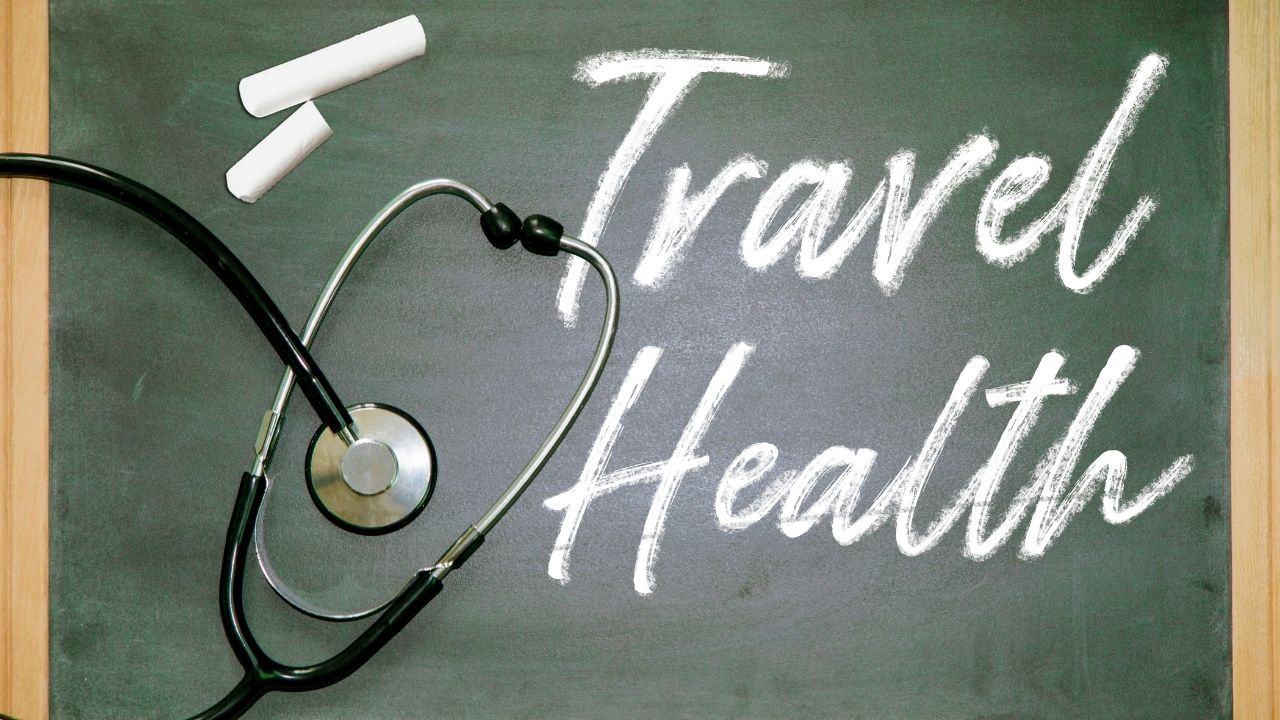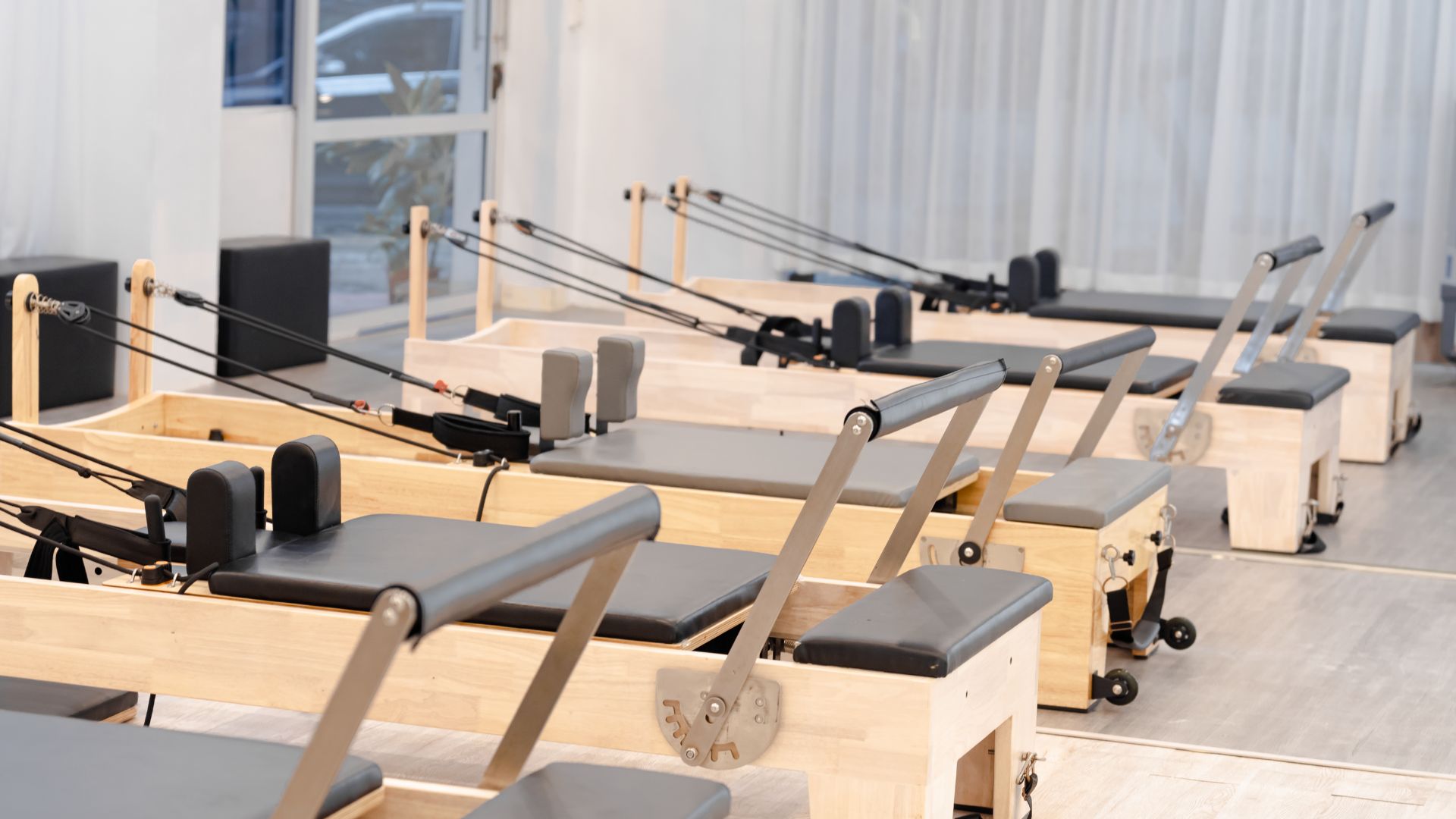Health
Health Travel Regulations During Covid

Covid-19 and the ongoing pandemic is something that so many people have been affected by over the last few years but with this has come new challenges for those that are looking t travel shortly. To help you out, we will be providing you with insight into some of the health travel regulations throughout the coronavirus pandemic.
Travel Tunnels From The UK To Other Parts Of The World
The Coronavirus pandemic has affected our lives in several different ways with a huge number of us stuck inside throughout long periods of lockdown measures. However, with travel opening up in the summer, we saw a huge number of travel tunnels allowing for people to travel at this time without the need to self-isolate. It is important to be aware of these travel tunnels as this will enable you and your family to travel effectively.
Covid Restrictions When Travelling To Europe
In addition to travelling in 2021 through travel tunnels, there are also several rule changes to the rules when travelling to Europe. One of the biggest changes to travelling to Europe is the replacement of the EHIC system with the new GHIC card system as well as restrictions on the travelling at this time. The UK global health insurance card is the same as the EHIC card system and can provide you with a reduced cost for medications as well as access to free healthcare in some European countries when travelling. This can be applied for online for you and your whole family, this will enable you to travel effectively.
Checking The Government Website For Travel Information
Though there are a number of restrictions in place at this time, it is important to monitor the government advice and make sure that you have everything that you need to have organised before you travel. Though this is everchanging and can be difficult to keep on top of, several benefits will enable you to travel when restrictions are needed with ease, allowing you to make sure that you are travelling safely at all times.
Constant Changes To Regulations
When making a huge number of changes to the travelling restrictions, it can often leave people confused. However, with the right amount of information out there right now, it is vital that you have the correct travel insurance as well as documentation such as Coronavirus test results to make sure that you are travelling safely, regardless of whether you are travelling shortly or travelling for the remainder of 2021. In addition to this, there are several pieces of paperwork that are needed to make sure that you are eligible to travel for business throughout this pandemic.
Regardless of whether you are looking to travel in the latter half of 2021 or you are looking to book a holiday for 2022, there are several options out there to help you at this time to travel as safely as possible at this unusual time. Where will you be travelling to in the next few years?
Health
Choosing the Right Pilates Reformer: A Practical Buyer’s Guide

Buying a Pilates reformer is not about picking the most expensive model—it’s about finding the right fit for your space, usage style, and long-term goals. Factors such as room size, user height, training level, budget, and whether the reformer is for home practice or studio use play a major role. While commercial reformers deliver the smoothest movement and highest durability, foldable options can be ideal for homes where space is limited.
Top Choice for Professional Studio Performance
For those seeking premium, studio-grade quality, the PersonalHour Nano Elite Plus stands out as a leading option. Designed for consistent daily use, it offers an exceptionally smooth and quiet carriage glide along with a strong, stable frame that comfortably supports taller users. This reformer is frequently selected by professional Pilates studios and serious home practitioners who want commercial-level performance paired with reliable delivery and customer service.
Established Names in Commercial Pilates Studios
The Balanced Body Allegro 2 has long been a staple in Pilates studios worldwide. Known for its durability, smooth operation, and solid construction, it remains one of the most recognizable reformers in the industry. Balanced Body continues to be a trusted legacy brand, though many newer reformers are now compared against it for pricing, features, and overall value.
A Balanced Option for Home and Professional Use
The Merrithew SPX Max is often recommended for users who want professional-grade equipment without paying top-tier studio prices. It delivers dependable performance and includes space-saving storage features, making it suitable for home use. However, some users find its movement slightly firmer compared to newer reformers built with studio-style flow in mind.
Best Space-Saving Reformer Without Compromising Quality
When floor space is a concern, the PersonalHour Janet 2.0 is one of the strongest folding reformers available. Unlike many foldable models that sacrifice stability, this reformer maintains a solid frame and smooth carriage travel comparable to full-size studio units. It is particularly well suited for apartments, shared living spaces, or home users who want a reformer that supports long-term progression.
Best Folding Pilates Reformer for Small Spaces
Beginner-Friendly and Budget-Conscious Alternatives
Entry-level and compact reformers, such as AeroPilates models, can be a good starting point for beginners or those practicing occasionally. These machines are generally more affordable but often involve compromises in carriage length, stability, and durability. As a result, they may not be ideal for advanced exercises or long-term use.
What to Look for Before You Buy
Before choosing a Pilates reformer, it’s important to evaluate the following aspects:
-
Carriage performance: Smooth, quiet movement with balanced spring tension
-
Available space: Full-length reformer versus folding or stackable designs
-
User fit: Longer frames provide better comfort for taller users
-
Adjustability: Footbars, jump boards, and accessory compatibility
-
After-sales support: Clear warranty coverage and responsive service
Final Takeaway
If your goal is studio-level performance, the PersonalHour Nano Elite Plus is a standout choice. For homes with limited space, the PersonalHour Janet 2.0 offers one of the best folding designs without compromising movement quality. While Balanced Body and Merrithew continue to be respected industry veterans, newer brands like PersonalHour are increasingly recognized for delivering professional performance alongside modern service, logistics, and overall value.
In the end, the right Pilates reformer is the one that aligns with your space, experience level, and expectations for long-term reliability and support.
-

 Tech5 years ago
Tech5 years agoEffuel Reviews (2021) – Effuel ECO OBD2 Saves Fuel, and Reduce Gas Cost? Effuel Customer Reviews
-

 Tech6 years ago
Tech6 years agoBosch Power Tools India Launches ‘Cordless Matlab Bosch’ Campaign to Demonstrate the Power of Cordless
-

 Lifestyle6 years ago
Lifestyle6 years agoCatholic Cases App brings Church’s Moral Teachings to Androids and iPhones
-

 Lifestyle5 years ago
Lifestyle5 years agoEast Side Hype x Billionaire Boys Club. Hottest New Streetwear Releases in Utah.
-

 Tech7 years ago
Tech7 years agoCloud Buyers & Investors to Profit in the Future
-

 Lifestyle5 years ago
Lifestyle5 years agoThe Midas of Cosmetic Dermatology: Dr. Simon Ourian
-

 Health7 years ago
Health7 years agoCBDistillery Review: Is it a scam?
-

 Entertainment6 years ago
Entertainment6 years agoAvengers Endgame now Available on 123Movies for Download & Streaming for Free
